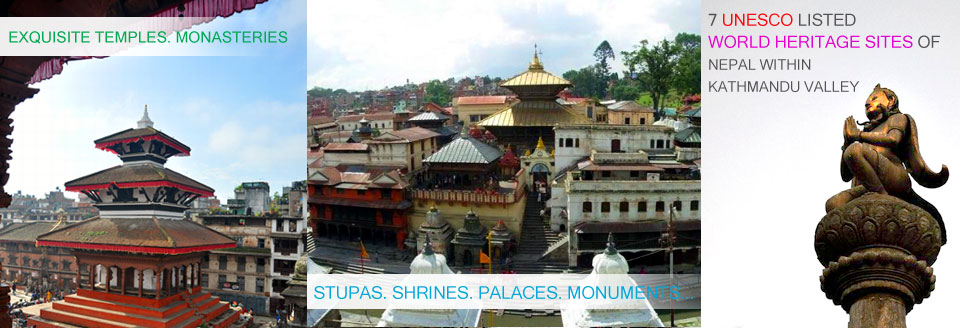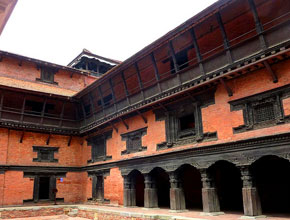










PATAN MUSEUM
The Patan Museum is a remarkable example of successful restoration work. Part of the old palace built by the Malla dynasty, it has a resplendent gilded door facing the fabulous Krishna Mandir in the Durbar Square. It showcases superb pieces of metal sculpture especially in the statuettes that have been painstakingly restored by a project jointly undertaken by the Austrian and Nepali governments.
This palace compound which houses the museum is known as Keshav Narayan Chowk and dates back to 1734. The whole courtyard has been beautifully restored and has become a favorite venue for concerts and other functions. After years of neglect this section of the palace had been slowly deteriorating and the woodwork decaying until the restoration project came to its rescue. As a result of dedicated work of restorers, the museum was finally opened in 1997.
The exhibits cover a long span of Nepal's cultural history and some rare objects like the Malla era throne are among its treasures. The significance of much of the artifacts within the living traditions of Hinduism and Buddhism are explained here. Some objects such as cast bronzes and gilt copper repoussé pieces represent the finest of Nepal’s metal work from the past centuries. Metal craft of this nature is a living tradition in Patan. The artistry of metal craft has been handed down from generation to generation and Patan is still famous for its statue making.
The Museum covers a long span of Nepal's cultural history and among its treasures are some rare objects. Their meaning and context within the living traditions of Hinduism and Buddhism are explained in extensive captions. Most of the objects are superb cast bronzes and repoussé work in copper.
From an existing national collection comprising more than 1500 objects, some 300 were selected for permanent exhibition here. A majority of exhibits are sculptures of Hindu and Buddhist deities that were created in the Kathmandu Valley, many in the nearby workshops of Patan itself. Other objects include those that originated in India, Tibet and the western Himalayan regions. They are accompanied by written commentary by scholar and author Mary Slusser (of ‘Nepal Mandala’ fame) that attempts to explain their artistic, spiritual and historical significance as part of the cultural heritage of Nepal. The exhibits are also designed to assist in interpreting the living culture that lies beyond the museum's walls.
Open daily, except Tuesdays and holidays, from 10:30 am to 4:30 pm(Tel: 5521492)












